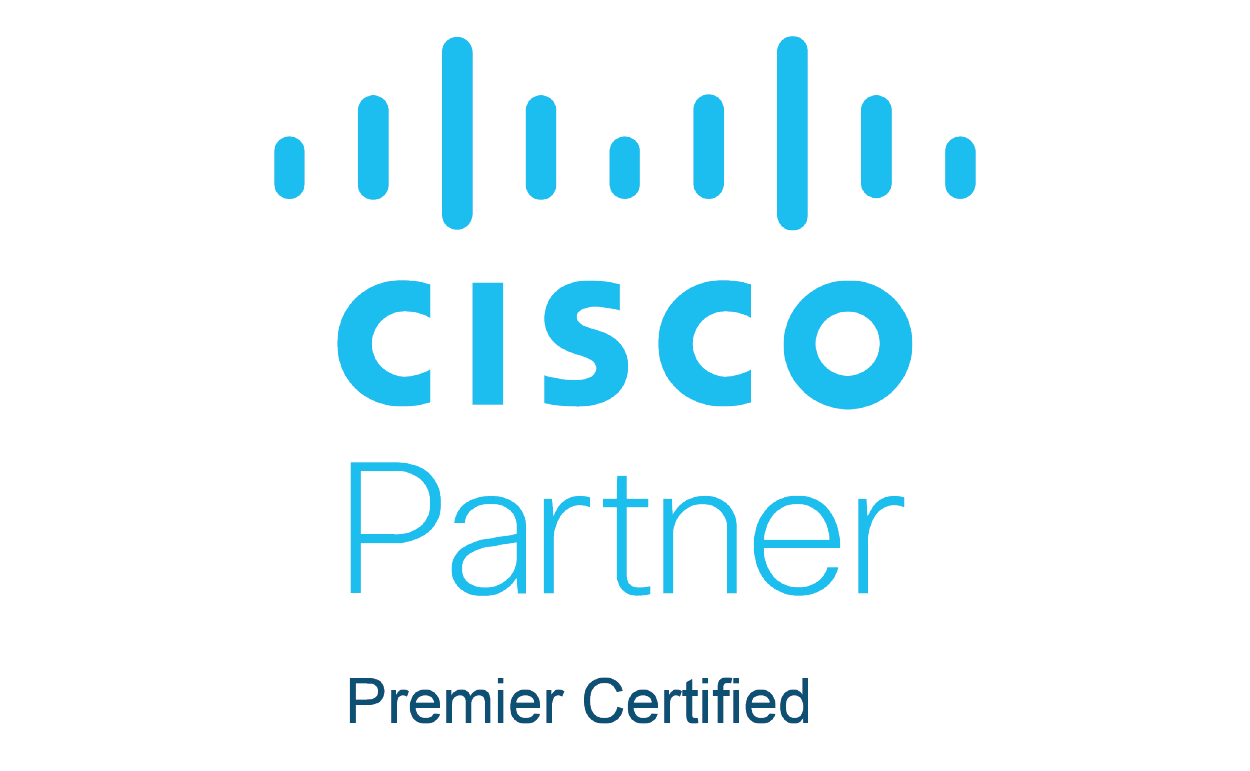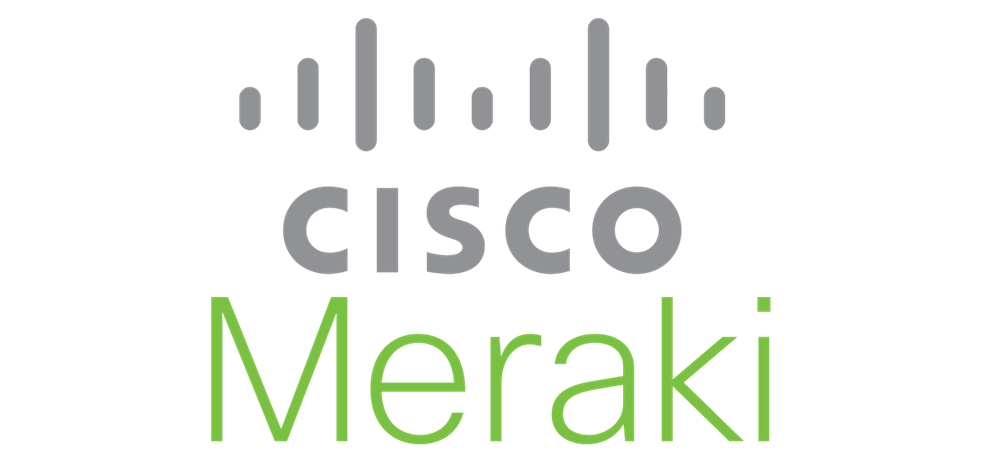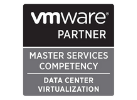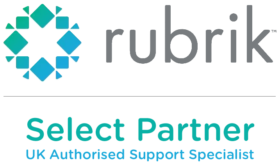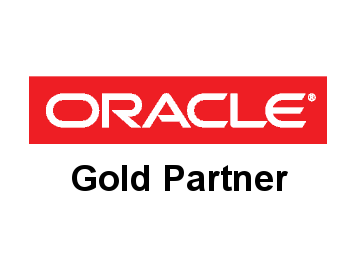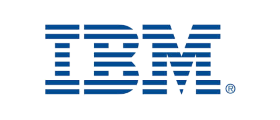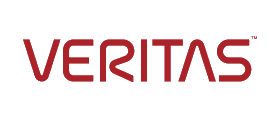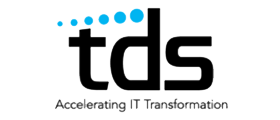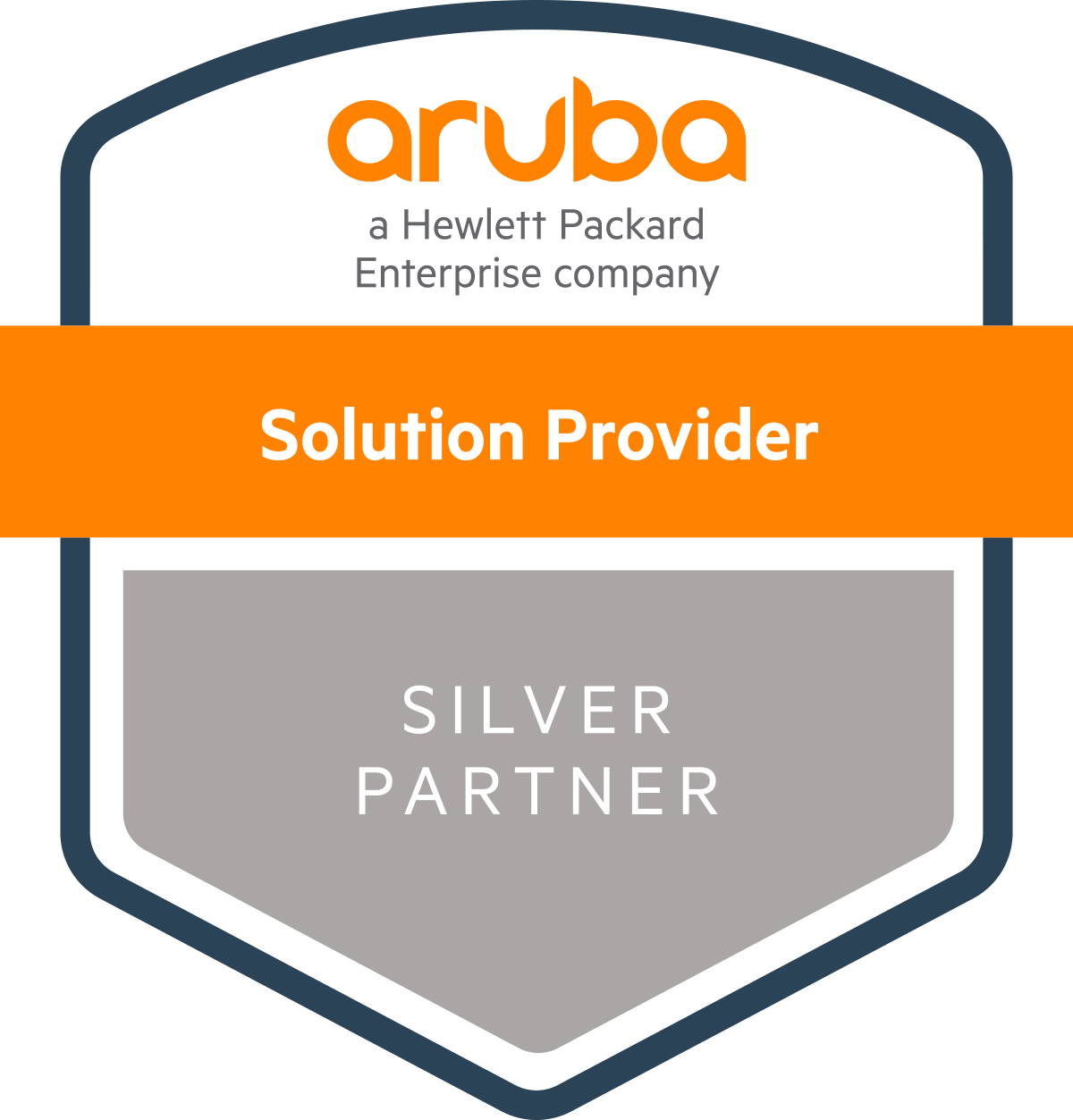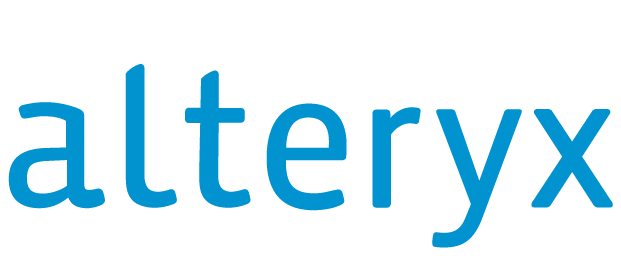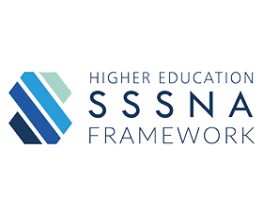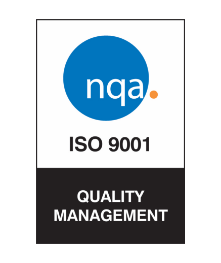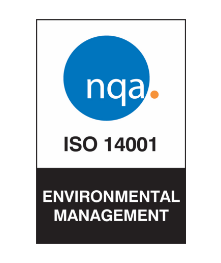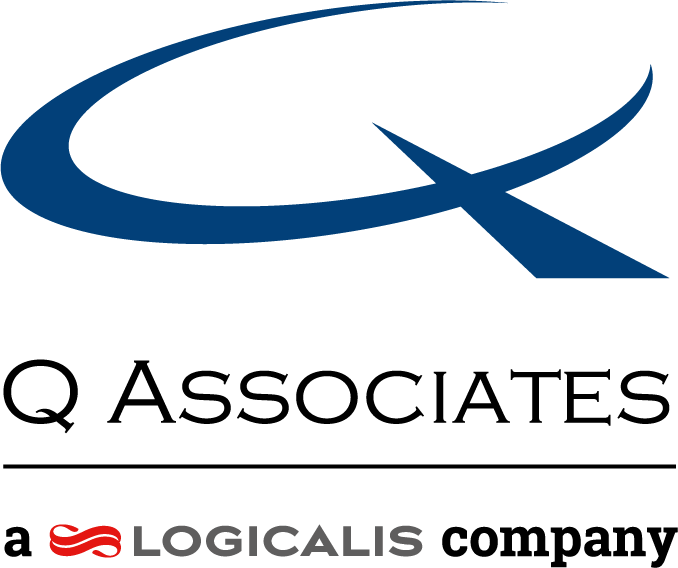
Enabling Data-Driven Digital Transformation in the UK Public Sector with NetApp HCI
December 18, 2019

A key focus of the UK Government Transformation Strategy paper is the idea that ‘Making Better Use of Data’ transforms the way the government interacts with citizens and the services it provides. This is an ongoing strategy that recognises data as a ‘critical resource for enabling more effective government and public services’ and is something we cover in our latest white paper on digital transformation through cloud technology.
Across all industries, the way that people consume data services has changed. As such, becoming a data-driven organisation is now mandatory if you expect to compete, succeed, and grow.
The strategy paper also recognises that data is often collected and held in silos by the departments that collect it. This data often resides on legacy systems that hinder data Sharing, resulting in the common practice of duplicating datasets between departments. With duplication comes the increasing likelihood that, over time, the datasets diverge and become inconsistent. This introduces errors, rapidly lowers satisfaction scores,
and drives productivity down as remedial actions increase the cost of services.
Connecting government departments enables data sharing and shortens the service delivery window to deliver real results. As applying for a driving licence requires identity verification and validation, the joining of DVLA and the Passport Office information will accelerate the process of identity confirmation. This will shorten the time to deliver a new or updated driving license.
Request the white paper to discover how you can successfully meet your digital transformation goals.
Transforming how data is stored and managed
The paper also vows to ‘transform the way that government’s major repositories of data are stored and managed’. The creation of shared repositories is at the heart of data-driven digital transformation. However, digital transformation requires IT transformation to succeed, and IT leaders in all industries must embrace new technologies and capabilities in order to place data at the centre of all they do.
In April 2019, the Department for Education (DoE) published ‘Realising the potential of technology in education’ — a strategy for education providers and the technology industry paper. This sets out an education strategy that is fully in line with the government transformation strategy. It focuses on key growth areas and initiatives such as Cloud, AI, Analytics, and Security.
The report calls out the requirement for cost-effective and flexible technology infrastructure as a top strategic priority, while better analysis of student data helps to improve the student experience through their entire journey.
In both the government and education strategies, common themes emerge:
- Modernisation of service delivery
- Flexible, current technology
- Efficiency through automation
- Consistent consumption processes
To discover more about how HCI is evolving to become an enterprise-class data centre platform for hybrid-cloud environments, download our white paper.
NetApp HCI and the Data Fabric
Four years ago, NetApp announced its strategy for a vision it described as Data Fabric. Data Fabric plays a critical role in three IT imperatives that describe a seamless, consistent experience wherever you run your business:
- Modernise and simplify IT
- Build private clouds
- Data-driven innovation across the hybrid multicloud
This strategy and vision form the backbone to all products and solutions that NetApp brings to market. NetApp products deliver a consistent, predictable, and repeatable experience, both on-premise and in the cloud.
This vision aligns well with the government and education strategies. An example of a product that is Data Fabric enabled is NetApp hyper converged infrastructure, or NetApp HCI. For a full explanation of the evolving trend of HCI, download our white paper.
NetApp HCI combines compute, storage, and networking in a way that allows you to start small and grow each component according to your needs, on a node by node basis. Today you may need to grow compute nodes, next month it may be storage nodes. As linear growth is very rare in any organisation or department, NetApp HCI is designed to grow on your terms and in increments that suit your organisation’s growth profile and budget.
The strategies also highlighted the failings of legacy infrastructure to support digital transformation, data sharing, and a consistent consumption experience. NetApp HCI actively encourages the consolidation of applications, services, and data.
Running multiple disparate applications concurrently on the same platform can be a headache for performance and capacity planners, so NetApp HCI has a data management engine, called Element O/S, which includes functionality to control the quality of service on a workload by workload basis.
NetApp HCI storage nodes are All-Flash, Solid State Disk (SSD) based, and, unlike other HCI systems, Element O/S is highly resilient to failure and outage. If an SSD should fail, the system recreates the data. Once the failed SSD is replaced, it takes around 10 minutes to return to a normal running state. This reduces risk to a level that is unattainable on other HCI or storage solutions.
Connectivity drives hybrid multicloud strategy
At the heart of the Data Fabric is connectivity. Government and education organisations are looking to the public cloud to provide services for certain workloads, with Gartner reporting 69% of organisations using one private and one public cloud, while 58% now have a hybrid multicloud strategy. The ability to move in and out of the public cloud provides flexibility and agility.
NetApp has made its rich data management and Cloud Volumes (CVO and CVS) available in the AWS, GCP, and Azure marketplaces. The CVS service can also be deployed on the NetApp HCI from cloud.netapp.com, where you can try out CVS for free.
NetApp has recently announced Google Anthos availability on NetApp HCI, and these features immediately bring consistent data management services into play across the private and public clouds.
NetApp HCI has deep integration with VMware, and NetApp HCI forms the NetApp Verified Architecture (NVA) for VMware Private Cloud. This article from Darrin Keller will help you form your own Private Cloud guidance and opinions.
In summary, NetApp HCI and the NetApp Data Fabric can help you deliver your digital transformation project though modern, cost-effective, cloud-connected technology. It will bust silos of operation, allowing you to consolidate applications, data, and services, giving you the flexibility to bring services into the public cloud with simple, automated, cloud-like consumption.
For more information on how NetApp HCI can help you meet your public sector digital transformation goals, request your copy of the white paper, ‘The Evolution of Hyperconvergence and NetApp’s Role in This Rapidly Expanding Market’ today.
Get In Touch
Contact Q Associates today if you have any questions or would like to discuss your IT requirements in more detail. Tel: 01635 248181 Email: Info@qassociates.co.ukLaurence James, NetApp UK







